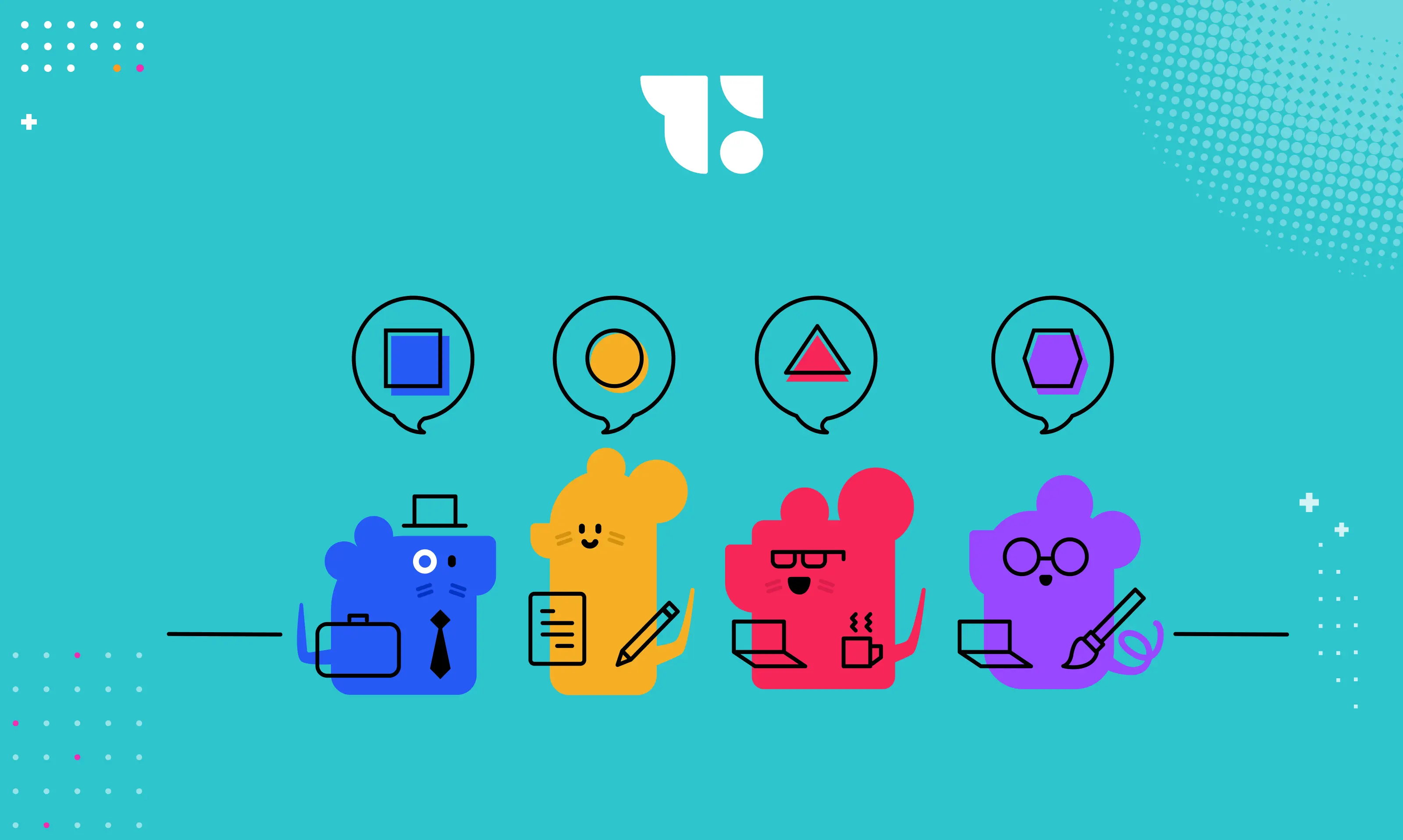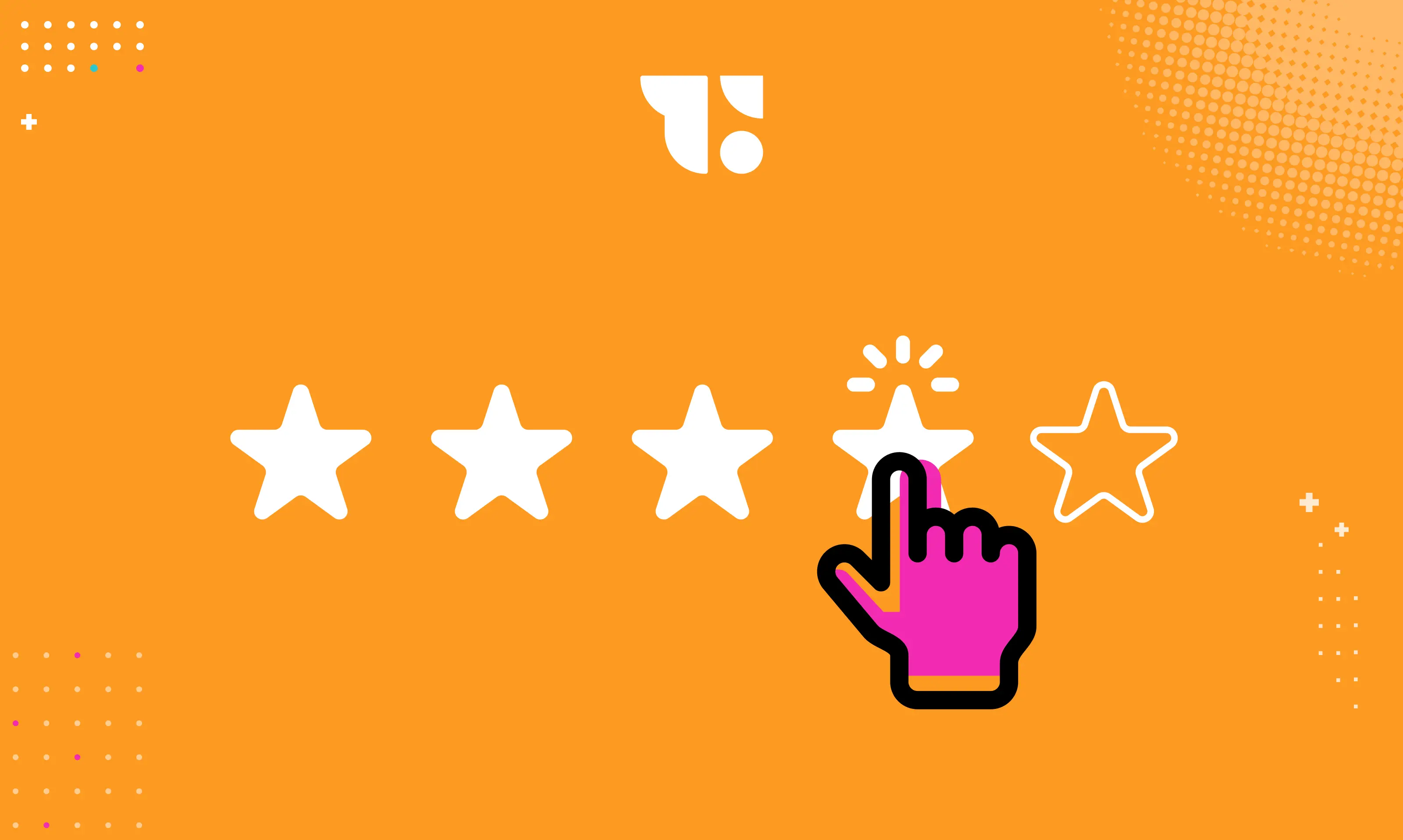Like user interviews, interviewing stakeholders can provide you with information about the project and ensure that you're not doing irrelevant work or wasting time on research that has already been done. We will look at stakeholders in the project and why you need them to participate in your project; how to achieve that and how to use this important information in the design and optimization of outcomes.

Stakeholders, who are they?
Stakeholders refer to the parties involved in the project. This can be an individual, a group of people, or an organization that influences the operation and success of a project. Therefore, when implementing a user research project, you should take the time to identify who the most important stakeholders for your design project are; if possible, solicit their collaboration to assist in realizing your design process.
Anyone whose work will be affected by your research is a stakeholder, regardless of tenure or job title. This can include people like customer service experts, who will bear a heavy responsibility if the design or product experience is poor, or they could be silent partners who will undertake heavy work at the end of a project.
The more relationships you have within an organization, the easier it will be to identify your stakeholders. Relying on your team management or people with good knowledge of the organization can help you find the right individuals to involve.
Potential stakeholders for UX research include:
Those who influence the organization
Those who make decisions about time, money, and resources
Those involved in the product design process and user experience
Those who have information relevant to your project
Those who will work based on the insights from your research

When should you interview stakeholders?
Stakeholder interviews are an important tool in the early stages of product development, when you are trying to define your goals and plan your research.
Not only in the early stages, but for complex projects or those that take a long time, you should sit down and talk to stakeholders at least once in each phase of the product. This ensures your research is on the right track, the team generates new ideas, and collects any additional information that the project may need.

What are the benefits of interviewing stakeholders?

1. Defining goals
Stakeholders contribute to the success of your project. But what exactly do stakeholders in the project want? What do they need? What does success look like for stakeholders?
The project summary and design requirements often include ambiguities that can lead to misunderstandings. It's not uncommon for stakeholders to have requirements that they don't express or write down in initial documents because they assume these things are obvious, or because they are not aware of them. Like user interviews, interviewing stakeholders helps bring out all the unmentioned goals, detailing and clarifying nuances that might be forgotten or confused during the work process.
2. Understanding limitations and needs
Product vision? What are the needs at this stage? How is the existing data? What will hinder the sale or marketing of the product? What has worked well in the past? What has not been successful?
Consulting with stakeholders will give you an initial basis about the existing resources and help you determine whether the intended studies are necessary. It's quite possible they have done some of their own data exploration and they may even guide you to a database that saves time and resources. On the other hand, interviewing stakeholders can also reveal limitations in their information. Are they unaware of user needs? Some assumptions they are making about users, are they actually needed?
Part of the researcher’s job is to identify user goals that stakeholders overlook or don’t even realize.
3. Building trust
If you do a good job and genuinely care about every aspect of the project, along with professionalism in your approach, you can often engage their participation. Addressing issues in the future becomes easier when there is trust and communication from the start.
Even when stakeholders participate in the user experience research process, they may still be skeptical about you (if you are a new addition). Simply because it directly relates to resources, time, and costs in their planning.
Interviewing stakeholders is an opportunity for you to establish or maintain relationships with key players, demonstrate interest in their goals, clarify each side’s thoughts, and help everyone feel that they have contributed to the project.
Are there any limitations on stakeholder interviews?
Stakeholder interviews come with their own challenges. In terms of limitations, they are minor compared to the value gained. However, consider the following when planning stakeholder interviews.
1. It will take time
The entire process takes time — possibly a lot of time. You can often manage the issue simply by scheduling your time so you only need to conduct X interviews during a period of Y. Alternatively, you can cut down parts of the interview process to finish on time or combine interviews in a sensible manner.
2. Some stakeholders may not want to participate
Some stakeholders are willing to advise you. Others are not very interested. You will need to gauge their level of interest in participating in interviews so you do not request more information than they are willing to provide. Ensuring that your interviews are well organized and conducted professionally will help instill confidence in you.
3. Creating expectations
When people participate in the research process, they tend to develop certain expectations. They want to see results and get answers to their questions. Some stakeholders may even want to know about data or see videos from the research sessions. Plan to communicate results throughout the research process and ensure that documents and reports are accessible to stakeholders.
What Will You Ask Stakeholders?

As with any research, the first thing you need to do is identify your objectives — what do you hope to understand from the stakeholders? You should be aware of what you cannot change to focus your research efforts elsewhere.
Here are some important topics to address when you talk to stakeholders:
1. What is this project?
The more you know about the project or product and what the organization hopes to achieve from that project or product, the better you can ensure that the research is relevant.
Project overview:
Provide a brief history of the project?
What is the reason for undertaking this product/project?
What are the goals of the project?
What do we need to clarify?
Who are our biggest competitors?
Business goals:
What are the short-term and long-term business goals?
What values does this project bring to the business?
What are the biggest product challenges currently?
2. The role and benefits of stakeholders in the project
If you understand the background and motivations of stakeholders, it will be easier to identify where you will encounter opposition or receive support for the research process and design changes. Common questions include:
What is your role in this project?
What have you done previously in this project?
What do you personally think success looks like for this project?
What concerns do you have regarding this project?
How would you like to participate in user research? (e.g., viewing reports, participating in interviews, workshops on results.)
Is there anyone else we should talk to?
3. What has been decided about the project?
If you know the limitations of the project, you will find it easier to decide the level of ambition for your research and what changes in design to expect. Questions may include:
What has been decided about the project/product so far?
What requirements have been decided for the product?
What technology decisions have been made and how solid are they?
When will the product be released?
How large is the development team?
4. Who are the users?
By clarifying what everyone knows about the users and learning who the customer base is, you can ensure that your research accurately reflects the users. You can ask:
Who are the customers/users?
What problem are we addressing for the users?
How will we describe the core value of the product to the customers?
What user research has the team conducted related to this project?
What is the primary context of product use?
A few tips for interviewing stakeholders?
1. Plan ahead
Identify what you want to achieve in the interviews. What questions do you need to answer, and how does their priority relate to the next steps in your project? Each question you ask should relate to at least one of these objectives. That way, the feedback from stakeholders will be useful for your work.
An interview can lead you and the interviewee anywhere. You should plan, have a list of topics/questions to guide the interview along the initial roadmap.
2. Maintain a relaxed and friendly spirit
This is not a type of interview where you work coldly and mechanically; these are people you will be collaborating with quite a bit in the future. While these individuals are often busy, they are also experts in their field, and breaking down barriers can lead to engaging conversations. You might be surprised by what interesting information they can provide you. However, you should also be ready for the possibility that some project questions may not be answered.
3. Listen to the interview participants
In large organizations, some stakeholders may not feel heard regarding their opinions and perspectives on challenges/risks as much as they would like. Listen more. You will find all sorts of engaging insights about how the business operates that will affect your project, and you will make others feel validated as part of it.
4. Don’t assume everything they tell you is true.
We are all human, and we all have to deal with political issues (within the organization), and everyone is busy. Some information that your stakeholders share may be incomplete, and some of their biases about customers/users are based on research, assumptions, or outdated patterns. What they have to say is still interesting, just not necessarily the final version of the truth.
5. Be flexible
Proactively go to wherever they are. Especially if they are in high positions. Interviews at coffee shops in the morning, in the company pantry, anywhere you can spend 30–60 minutes with someone will change your perspective on the overall project.
6. Let them go
There’s nothing worse than having your interviewee distracted. If there’s something they need to address — let them go and reschedule the session. They will not give you their full attention when their phone is ringing.
7. Tell them about the benefits
Stakeholders are often busy and may not clearly understand why they should spend time with you. Don’t forget to explain a bit about the benefits at the start of the conversation, and more as you conclude the proposal. Show that you’re using their time wisely and for their benefit.
In summary, being proactive will pay off. One way or another, there is always a network of different stakeholders that the product is designed to meet. Interviewing stakeholders is a great way to capture the situation. They help you understand user behavior, distinguish constraints, and identify pain points.
Hello 👋 With a passion for digital product design, focusing on user research, optimizing experiences, and building effective interfaces. Here, I share knowledge from real projects, ideas, and my stories in the field of UX/UI - Product Design 📚 I hope these articles will provide practical insights, helping you in your work and product development journey ✨✨✨
Nguyen Tan Toan





